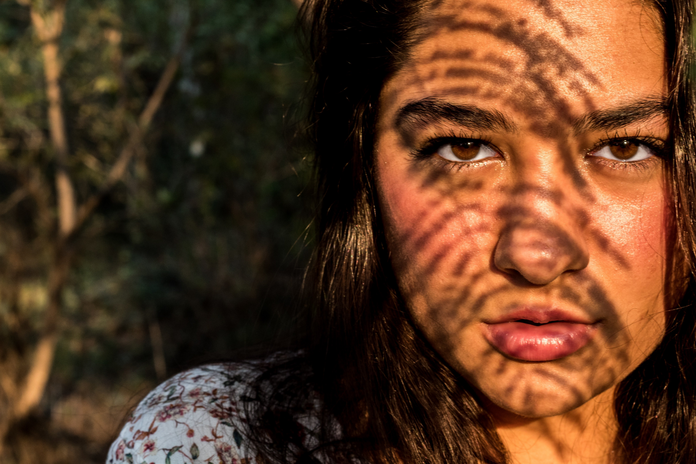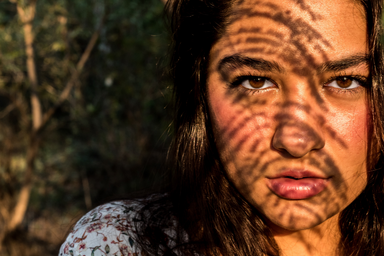When describing a person, common characteristics you might use include height, hair length and color, and, of course, eye color. The color of your eyes is a distinct and defining trait that contributes to your individual uniqueness. Yet, eye color is something few people take the time to learn about and understand. So what influences the color of your eyes, and why do certain phenomena make them appear differently?
Genes and heredity
When learning basic genetics in grade school, we are often taught a very basic construct of how people have the eye colors they do. I, for example, was taught that brown eyes were a dominant trait, while blue and green eyes were recessive. This may be a good way to help students understand basic principles of genetics, however it excludes certain factors.
For starters, there isn’t one specific gene that controls eye color. Instead, three genes are confirmed to play a role in influencing eye color. Two of them are understood as providing the basis for traditional eye colors such as green, blue, and brown. Once it gets more complicated – for hazel, gray, and multicolored eyes – there is less certainty. Therefore, tracing the direct genetic line for eye color is not as easy as it seemed with middle school punnett squares.
What makes eye color?
Once we get past the influences as to why we have the eye color we do, we can look at what processes cause eyes to look that color. The pigment – natural coloring – in the iris of your eye is melanin, the same pigment that influences the color of your skin and hair. The amount of melanin present determines your eye color: less means lighter colors and more means darker colors. This can change, especially for babies, as melanin builds and develops, creating the phenomenon where babies may have blue eyes when they are born, changing over time.
Eye color and emotions
Has it ever seemed like the color of someone’s eyes changed along with their emotions? While emotions don’t directly cause a change in eye color, this association isn’t far off. The iris, which carries the color in your eye, is a muscle and can thus expand and contract, controlling the size of the pupil. When the pupil size changes, the pigments in the iris can compress together or spread out. This can account for minor changes in eye color. While emotions aren’t causing the change, the iris’s response to an emotion is.
Our perception of color
Another common change you may have noticed is that someone’s eyes can seem to pop with certain outfits and colors. The front layer of the iris is called the stroma, and it consists of fibers that scatter reflected light. What does that mean practically? Essentially, when you are wearing specific colors, the scattered light is amplified, making the reflected color of your eyes appear more intense.
The change we perceive in eye color has to do with our perception. The lighting we are in and the colors of objects around us influence how our eyes appear to look. This might make us believe the eyes themselves are changing color, but in actuality, we are just perceiving the color differently.
Often, I’ve heard the phrase “the eyes are windows to the soul.” You can see a lot by looking at someone’s eyes, which become ever more mesmerizing with how they change color. Does learning about our eyes give us a window into the window to our souls? That’s up to you to decide.


